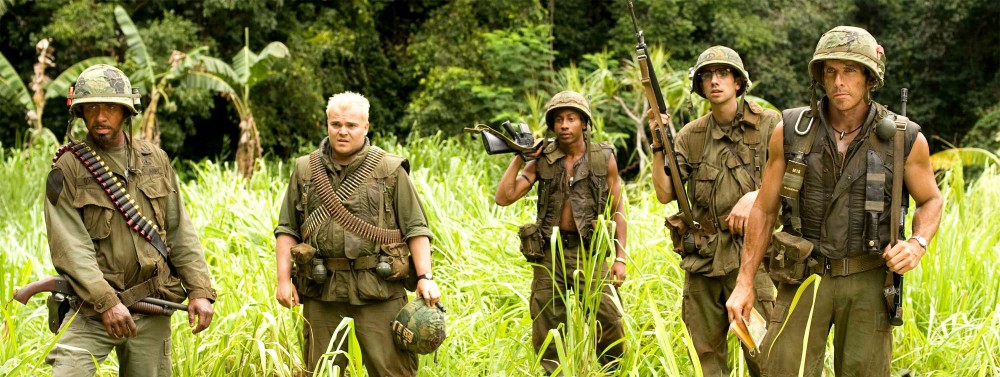The effectiveness of Man With a Movie Camera (1929), above the other films watched thus far, and above most films created in general, is the ability it has to invoke an authentic emotion in the viewer.
The cinematography is the initial aspect of the movie that is incredibly unique. Sergei Eisenstein in the Soviet Union originally theorized the Soviet Montage form of the expressionist (Avant Garde) film genre in the early 1920s, culminating in his movie Battleship Potempkin in 1925. Vertov’s (Man With a Movie Camera’s director) was influenced not only by this experimental art form of his surrounding society, but also of the emerging genre of documentaries in the early 20s, particularly those of “city symphonies,” such as Manhatta (1921) and Berlin (1927). (Platt, 04/07/14 and 04/09/14).
The history of the Soviet Union at the time reflected the Bolshevik revolution into the overtake of the government by the Lenin administration. The 1920s was determined the ‘Golden Age of Soviet Cinema,’ which was evident in Lenin’s decree of using cinema to disseminate communism propaganda. The potent aspect of Man With a Movie Camera is the fact that not only does Vertov show the reality of Modernism coming into play in the Soviet Union, but he also shows the emotion of the people behind that transition.
In the mise-en-scene, cinematography and editing aspects of form in the film, the city (which is actually two cities, but can be assumed to well-represent Moscow at the time) is portrayed as working well in the transition to modernity (industrialism), because there is neither destruction nor sadness portrayed. But what is effectively portrayed is the intensity of the transition through the fast shots of cinematography and the portrayal of the individuals of mise-en-scene. The cinematography is fast shots throughout the movie. A general feeling of anxiety is conveyed through this technique, which is one of the more effective ways in which this film exudes the emotion of the city at the time. Another aspect is the mise-en-scene, which is the layout of the scenes. This aspect of film form was a compelling way to show the contrast between the bourgeoisie and the proletariat at the time in the Soviet Union. The bourgeoisie were portrayed as relaxed, with almost a glowing characteristic to their costume and lighting in the film. In the actions of the scene, they were shot with medium shots displaying them getting made up or combing their hair, which conveys an emotion of relaxation. In a powerful contrast, the proletariat were shown in scenes of intensity, often with either close-up or high-angle, long shots showing them either working as fast as they can, with no emotion; or, in the latter shots, attempting to get something done (such as crossing the street to get somewhere immediate), but in an anxiety-provoking manner. This is incredibly effective by Vertov in showing the difference in emotion between classes of the Soviet Union at the time.
In this way, the technology of the modern age at the time is portrayed as almost something that is almost becoming a feeling organism of its own, but somewhere in between the two contrasting classes. The constant shots and scenes of rail cars seemingly about to crash but barely missing each other and the pedestrians and automobiles around convey a feeling of anxiety as well. However, the rail cars placement in the scene (mise-en-scene), as somewhat of a barrier that is necessary, but overwhelming to cross, conveys the hectic nature of the split in society at the time.
A last feature of note in the emotion of the film is in Vertov’s portrayal of himself. He is the “Man With a Movie Camera,” who is almost portrayed as the playful, yet serious figure who is attempting to show the pitfalls of the society attempting to modernize. He is portrayed as not so much in the background of society, though not attempting to be in the foreground. He is perhaps in that barrier described through the symbol of the rail car. He gives his point of view from the barrier, rather than from the bourgeoisies or the proletariats. This stance gives him power in the, what could arguably be a slight narrative in this identified experimental, Avant Garde, and “city symphony” film, which allows him to convey what he believed in (communism), but also gave him an omniscience and objectivity in conveying the emotions and prospectives of life in ‘modernity’ in the 1920s Soviet Union.
